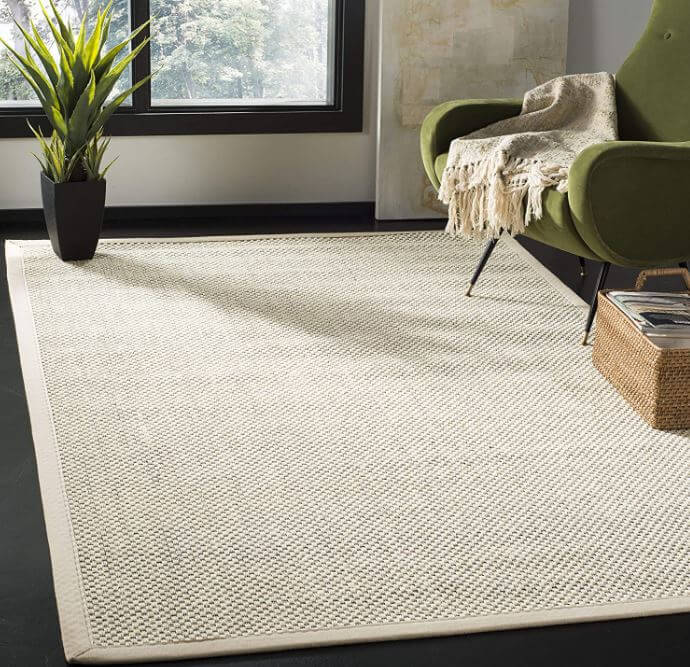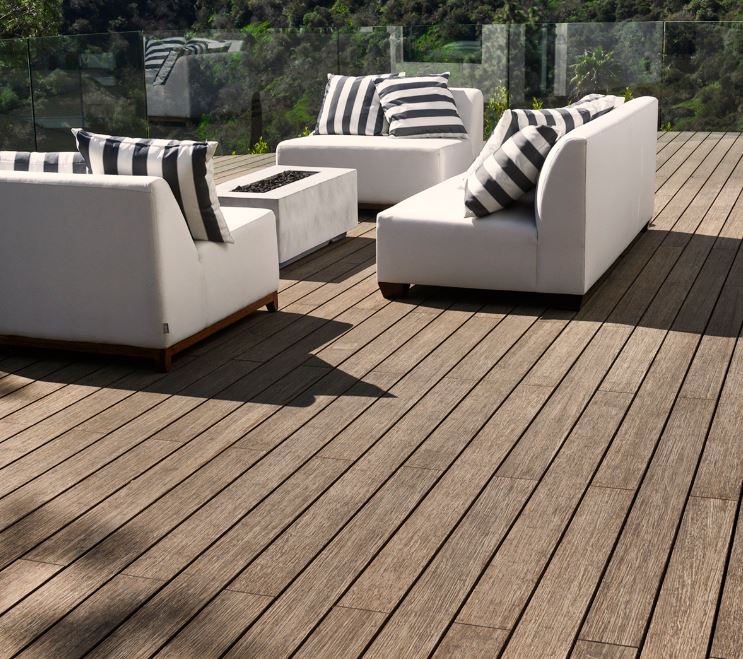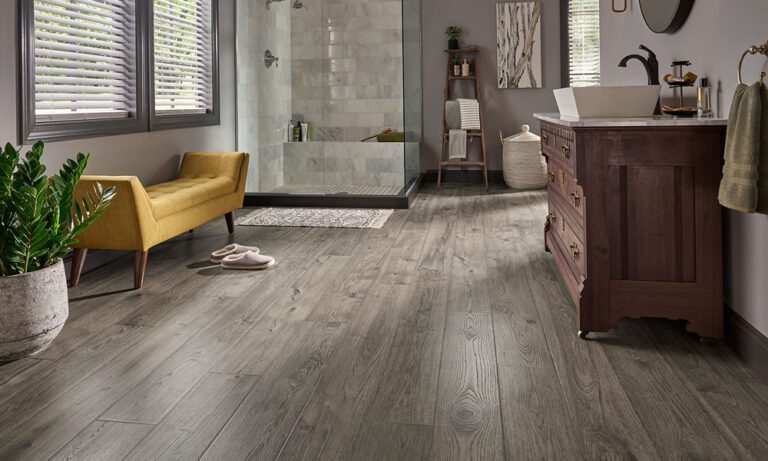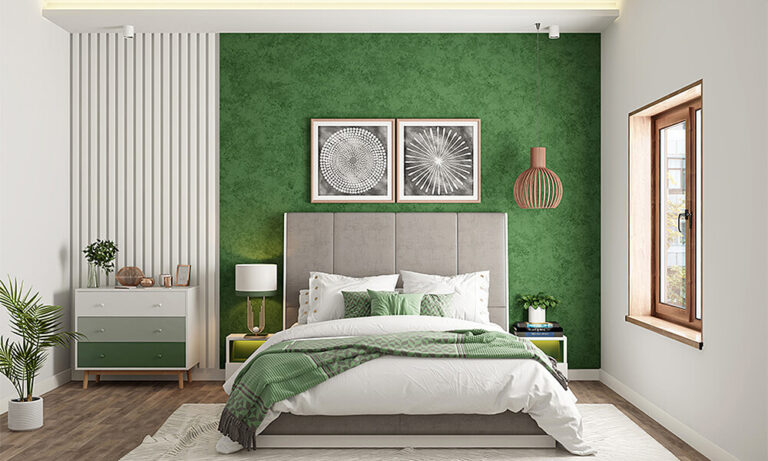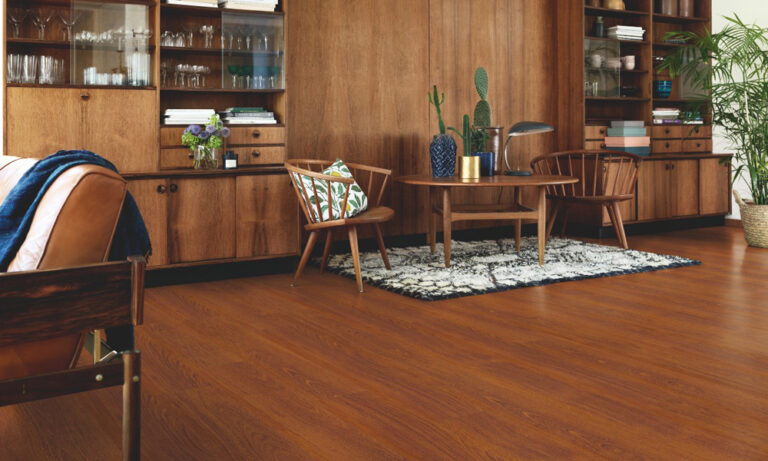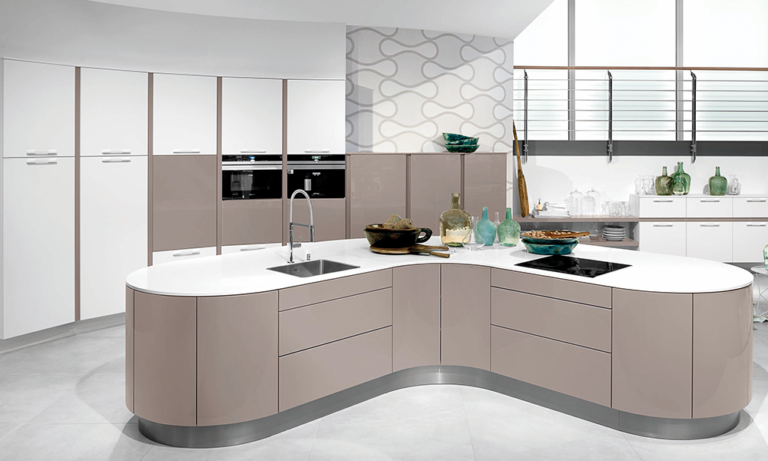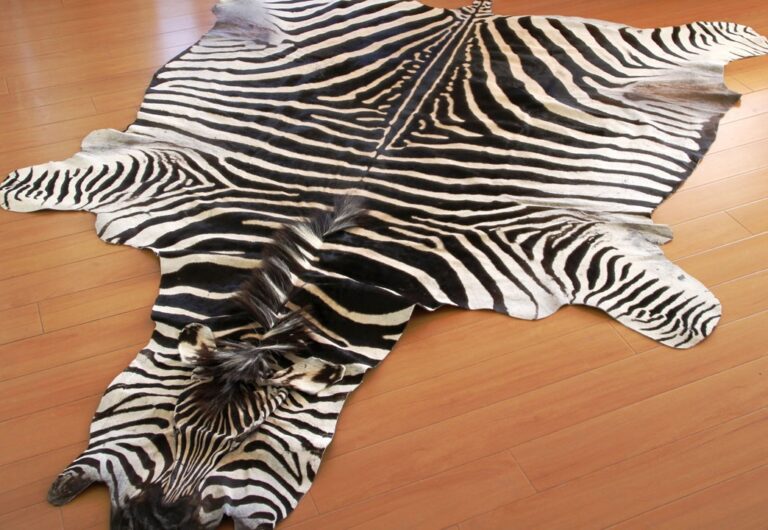 There are a number of advantages to wall-to-wall carpets over traditional carpets. These include the following:
There are a number of advantages to wall-to-wall carpets over traditional carpets. These include the following:
- They’re More Durable: Wall-to-wall carpets are much tougher than traditional carpets, making them resistant to spills and other accidents. This means that they can last longer and be used in areas where traditional carpets would not be suitable.
- They’re More Efficient: Wall-to-wall carpets use less floor space than traditional carpets, which is especially important in cramped spaces like apartments and offices. This also makes them more affordable, since you won’t need as many of them to cover the same area.
- They’re Easier to Clean: Wall-to-wall carpeting is easy to clean thanks to its tough construction. Just sweep it or vacuum it like regular flooring, and you’ll be good to go!
Factors to Consider When Choosing the Right Wall-to-Wall Carpet
When choosing the right wall-to-wall carpet, you’ll need to consider a few factors. These include the type of flooring it will be installed on, the size of the area it will be used in, and your budget.
Wall-to-wall carpet is best suited for floors that are slightly uneven or textured. It also works well on areas that are not frequently walked or stepped on, such as hallways or stairs. Finally, make sure to choose a carpet that is durable and easy to care for – both of which wall-to-wall carpets tend to be.
When it comes to choosing the right wall-to-wall carpet, there are a few factors that you need to take into account.
These include:
- The type of flooring that you’re using on
- The style of your room
- The needs of the people who will be using it regularly
- How often the carpet will need to be replaced
Installation Tips for Wall-to-Wall Carpets
Wall-to-wall carpet is a popular choice for many homeowners because it’s easy to care for, looks great, and can be installed in just a few short hours. However, like any other type of carpet, there are a few tips that you should know before you install it.
The first thing to remember is that wall-to-wall carpet is made up of several layers of fabric. So when you’re installing it, make sure that the seams between the layers are tight so that the fabric doesn’t move or curl during use.
Another thing to keep in mind is that wall-to-wall carpet needs to be vacuumed at least once a week. If there’s any pet hair or dirt on the surface, brush it off before vacuuming so that the vacuum cleaner doesn’t damage the rug. Finally, always clean spills immediately so they don’t breed bacteria and create unpleasant odors.
Next, measure the height of your walls and multiply that number by 2. This will give you the approximate distance from the floor at which your wall-to-wall carpet should be installed. Make sure to keep this distance in mind when choosing your carpet size.
Finally, make sure to use double-stick tape or strong adhesive when installing your carpet so that it doesn’t move or shift during use.

